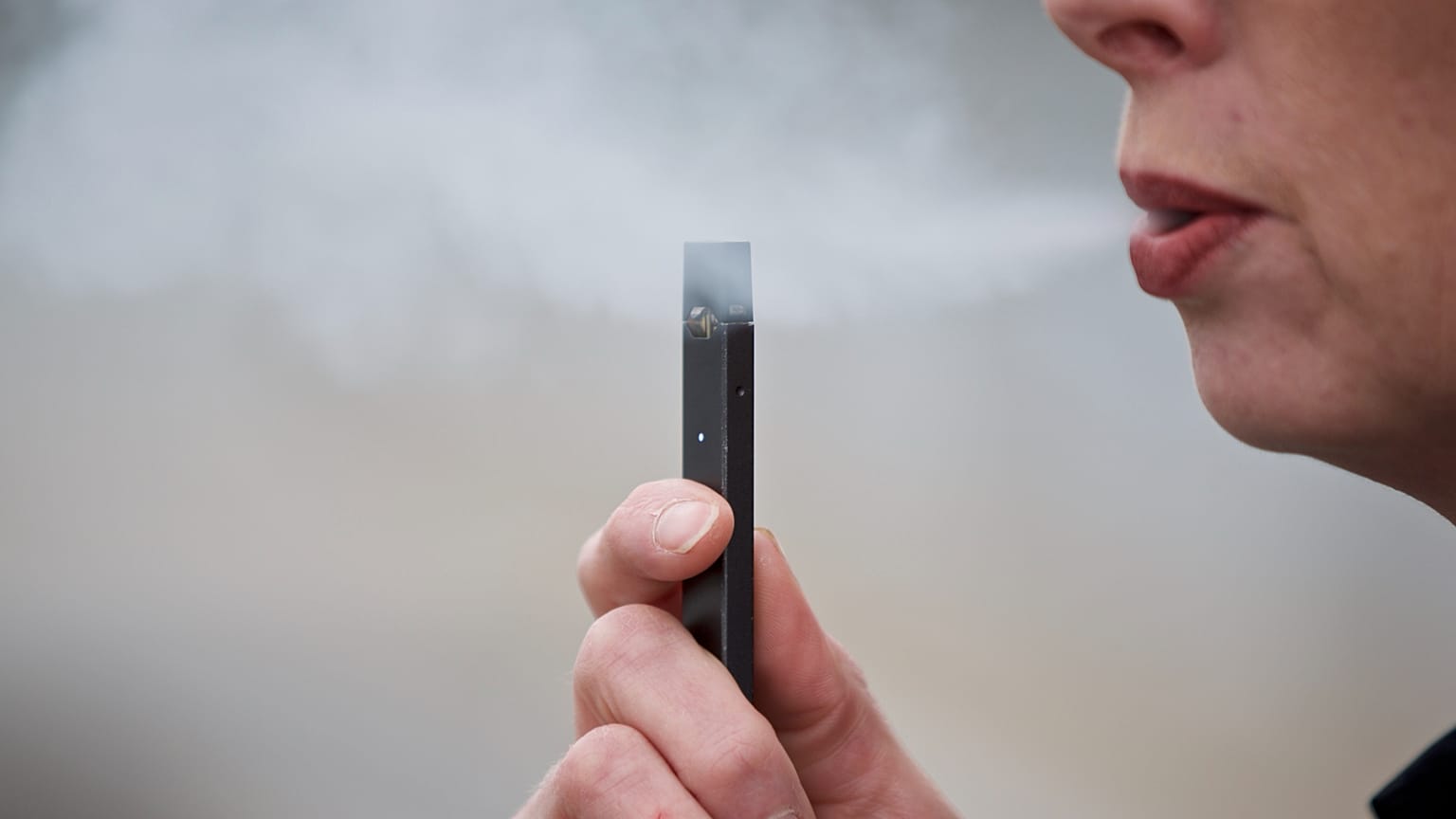While global smoking rates have fallen sharply, a new WHO report warning that vaping is fuelling a “new wave of nicotine addiction”.
More than 100 million people across the world, including at least 15 million children (13–15 years), are now using e-cigarettes, according to a new warning from the World Health Organization (WHO).
The UN agency says this surge in vaping is fuelling a “new wave of nicotine addiction,” particularly among young people and risks undermining decades of hard-won progress against smoking.
While global tobacco use continues to fall – from 1.38 billion users in 2000 to 1.2 billion in 2024 – the tobacco epidemic is far from over. The WHO’s latest report reveals that one in five adults worldwide still use tobacco, contributing to millions of preventable deaths every year.
“Millions of people are stopping, or not taking up, tobacco use thanks to tobacco control efforts by countries around the world,” said Dr Tedros Adhanom Ghebreyesus, the director-general of WHO.
“In response to this strong progress, the tobacco industry is fighting back with new nicotine products, aggressively targeting young people. Governments must act faster and stronger in implementing proven tobacco control policies,” he added.
For the first time, the WHO has estimated global e-cigarette use – and the figures are alarming. More than 100 million people now vape, including around 86 million adults and 15 million adolescents aged between 13 and 15. In countries where data is available, children are nine times more likely than adults to vape.
“E-cigarettes are fuelling a new wave of nicotine addiction,” said Etienne Krug, WHO's director of Health Determinants, Promotion and Prevention Department.
“They are marketed as harm reduction but, in reality, are hooking kids on nicotine earlier and risk undermining decades of progress”.
Gender divide
The report also shows a significant gender difference in the global decline of tobacco use.
Women have led the way in quitting, hitting the global reduction target five years early, with prevalence falling from 11 per cent in 2010 to just 6.6 per cent in 2024. The number of female tobacco users has dropped from 277 million to 206 million over that period.
Progress for men is slower. More than four out of five tobacco users worldwide are male, with prevalence falling from 41.4 per cent to 32.5 per cent in the past 14 years.
The slower rate of decline means the 30 per cent reduction target likely won’t be reached until 2031.
Which region smokes the most?
Europe is the region with the highest tobacco use – 24.1 per cent of adults – with European women having the highest prevalence globally at 17.4 per cent.
Meanwhile, the Western Pacific remains slow to change, with 22.9 per cent of adults still using tobacco.
South-east Asia has seen the steepest fall in smoking. Male tobacco use has dropped from 70 per cent in 2000 to 37 per cent in 2024, accounting for over half the global decline.
Africa now has the lowest regional prevalence at 9.5 per cent, though population growth means total user numbers continue to rise.
The harmful effects of vaping
“E-cigarettes have only been on the market for around 15 years, but already there are more than 15,000 research articles – and at least a thousand on health effects. We now know enough to conclude they are not a harmless product,” said Professor Maja-Lisa Løchen, senior cardiologist at the University Hospital of North Norway, speaking to Euronews Health after addressing the European Society of Cardiology congress in Madrid.
Løchen warned that the rapid rise in vaping among young people “should be setting off alarm bells globally”.
Around 22 per cent of 15- and 16-year-olds in Europe said they vaped regularly, according to a survey across 37 countries – up from 14 per cent just five years earlier.
“We know that starting to vape is like a bridge or a gateway to smoking real cigarettes,” Løchen said.
“The tobacco industry knows this – they market aggressively to children with sweet flavours and exciting designs. It’s no coincidence. This epidemic is being led and organised by the nicotine industry”.
A major paper in the New England Journal of Medicine last year suggested vaping raises the risk of stroke by almost a third (32 per cent).


















